Come with us as we take you on a photographic tour inside some of London’s most iconic buildings, courtesy of new book Unseen London, revealing a side to them rarely seen before, plus some of their secrets…
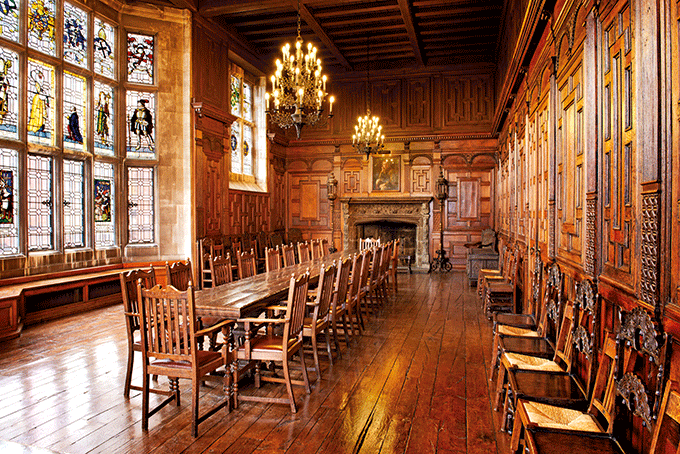
Harrow School
Harrow School is just one of the many places featured in Unseen London, a fascinating collection of photographs taken inside some of the capital’s most famous buildings and landmarks by Peter Dazeley, with text by Mark Daly.
Daly tells how although a school has existed in the area since 1243, it wasn’t until 1572 that Harrow School was officially founded by yeoman-farmer John Lyon, under a Royal Charter of Queen Elizabeth I, with the schoolhouse completed in 1615.
Daly writes: “A roll call of celebrated alumni includes eight British prime ministers, including Palmerston, Baldwin and Churchill, along with two kings, and members of both houses of the UK Parliament.”
The photo above, which is included in the book, shows the Fitch Room, named after Alex Fitch, a former student of Harrow who died in WWI. Fitch’s mother donated the room to the school in her son’s memory as a rather ornate room for parents to meet with their children. The gift was on the proviso that the light illuminating her son’s portrait, which hangs at the end of the room, never goes out.
To the left of the photograph in the stained glass you can also just make out Queen Elizabeth I (dressed in yellow) granting the Royal Charter to John Lyon.
Did you know?
Harrow schoolboys have their own jargon. A master or teacher is referred to as a ‘beak’, while a ‘skew’ is the mark given to a piece of work that is not up to standard and must be redone and resubmitted to the House Master.
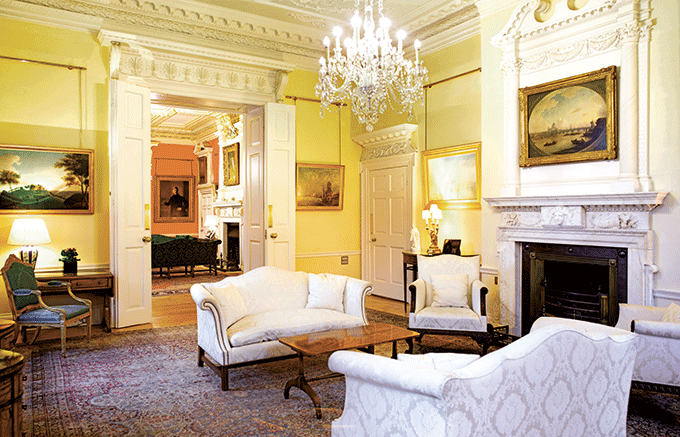
10 Downing Street
Daly writes: “As executive residences go, a terraced house in a cul-de-sac is modest when compared to the White House or Élysée Palace, but measured in terms of continuous history, 10 Downing Street (above) is hard to match. The Earl of Liverpool managed the Napoleonic Wars from here, Churchill was in residence to fight Hitler, and it was here that Thatcher took on the Argentinian military junta. How did a terrace become such a famous political address?”
Did you know?
The namesake of the building was one Sir George Downing, a wealthy man who invested in property and land and also did a spell of spying for Oliver Cromwell and then King Charles II. Having bought the lease to the now famous street, Downing planned to build a row of townhouses for the elite but his plans were delayed when one of the leaseholders refused to relinquish their land. Eventually he won and he employed Sir Christopher Wren to design the houses, but perhaps because of the delay, they were put up quickly, something that Winston Churchill later lamented when he said the buildings were: “shaky and lightly built by the profiteering contractor whose name they bear.”
In 1732 King George II offered Sir Robert Walpole, often considered the first British Prime Minister (although the term didn’t come into use until later) two Downing Street properties, including Number 10. Instead Walpole suggested that the Crown give the properties to the Office of First Lord of the Treasury (the equivalent of today’s role of prime minister, a position he held at the time) and that he would vacate it for the next person to hold the position when the time came.
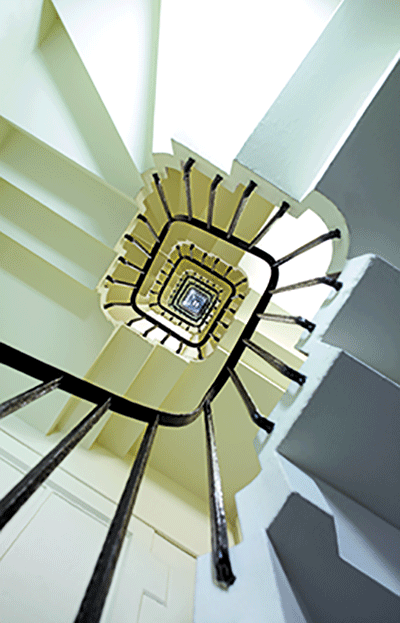
Big Ben
Daly writes: “Almost all the tourists who come to the capital have the great clock tower of the Palace of Westminster firmly on their itinerary. This is partly because it is unique – there is really no other building in the world quite like it – but also because its huge clock and sonorous bells seem to embody the best of British engineering and accomplishment. Yet the story of the building suggests something quite different, and the familiar exterior conceals a complex and intriguing interior.”
Did you know?
Indeed, as the photo above shows, the interior is intriguing. Big Ben is the nickname for the Elizabethan Great Bell inside the large clock tower (known as the Elizabeth Tower) attached to the Palace of Westminster. The Great Bell’s strikes were heard for the first time in the capital on 11 July 1859. The bell tower reaches over 96 metres high with 334 steps to the belfry.
In 1716 the Great Bell was recast and later moved to St Paul’s Cathedral. If Big Ben is ever unable to strike, then the bell in St Paul’s is used instead.
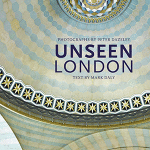
For our full feature behind the capital’s doors see the London 2015 Guide or buy the book.
Related articlesDownload your FREE London Attractions app |
Click here to subscribe!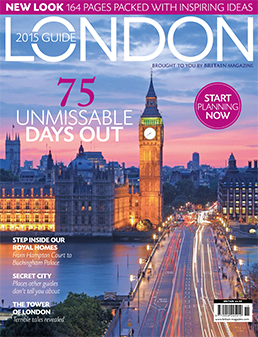 |
Download BRITAIN Magazine to your mobile today

 No mobile device? Purchase directly on Zinio for your desktop!
No mobile device? Purchase directly on Zinio for your desktop!



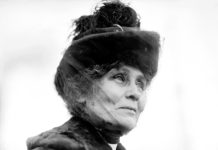

 © 2024
© 2024